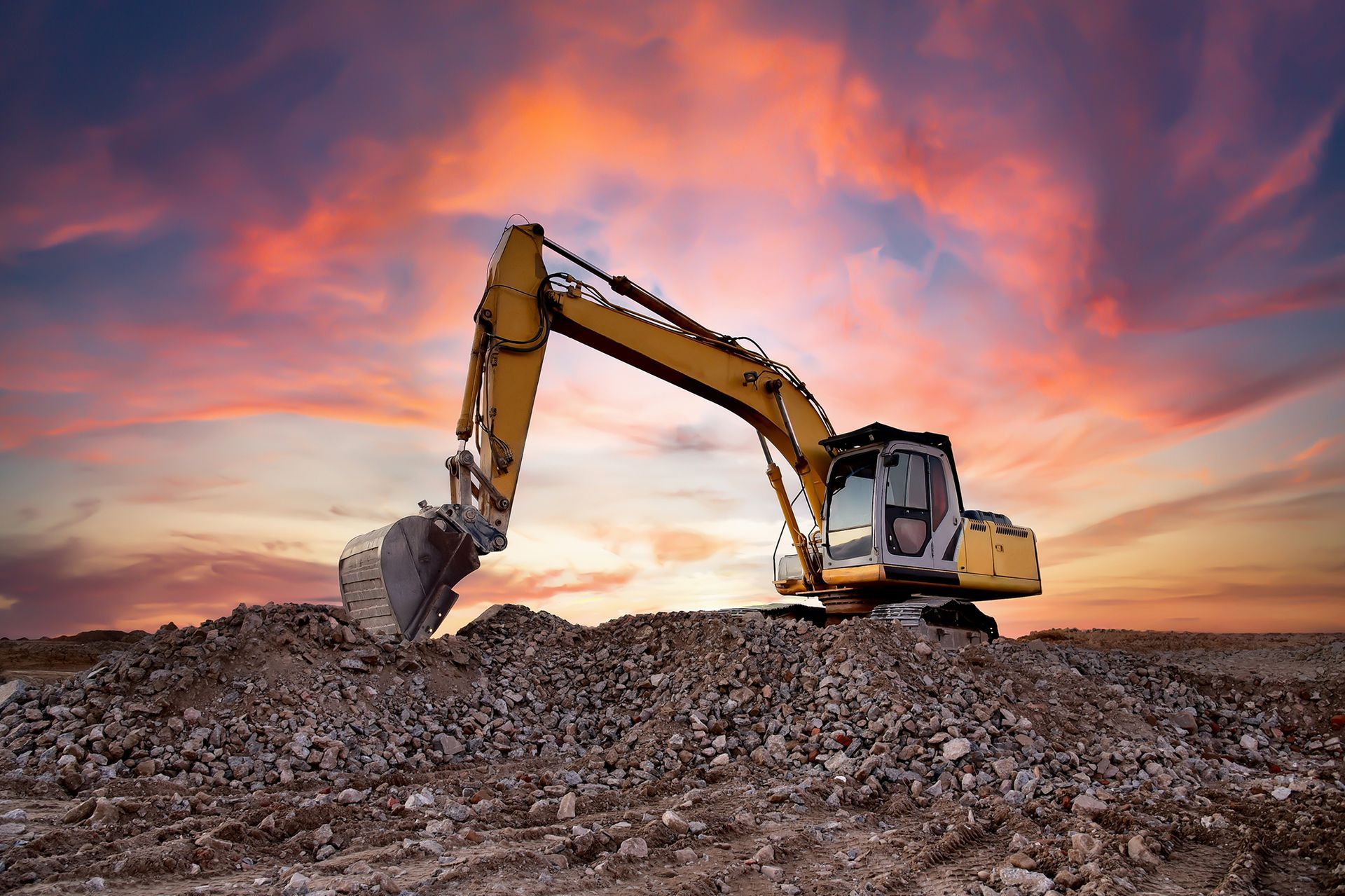Exploring Gravel in Amherst, New Hampshire: The Backbone of Excavation Projects
Gravel is an essential material in both commercial and residential construction projects. It typically consists of a combination of stone, stone dust, sand, and other mineral-rich earth components, making it indispensable for creating durable and stable structures. Below is an overview of how McAdams Excavation and Landscaping selects and uses gravel for various projects.
Typical Gravel Uses in Amherst, New Hampshire
Gravel plays a crucial role in Amherst-area construction projects as a stable, water-resistant base for shed foundations, paver patios, retaining walls, granite steps, and other outdoor installations requiring long-lasting support.
For these applications, a ¾-inch stone mix is commonly used. The ¾-inch measurement refers to the maximum size of the stones in the gravel mix. This type of gravel is preferred because it’s easy to handle, compacts well, and forms a firm, stable base.
Gravel Compaction and Ordering
When gravel is manufactured and delivered, it often has void spaces between the particles. These spaces must be eliminated during installation through the compaction process. Failing to compact the gravel properly can lead to unwanted settling, which could disrupt the landscaping or any structures built atop the gravel base.
To account for compaction, it’s important to order extra gravel. Add a 12% compaction factor when placing an order. For example, if you need 5 yards of gravel, order 5.6 yards. It’s also a good idea to order about 10% more gravel to cover unexpected needs. Since landscape suppliers typically don’t sell fractions of a yard, round up or down to the nearest whole number. In this case, ordering 6 yards would cover both the compaction factor and extra gravel.
Gravel Base Creation
For patios, shed pads, retaining walls, or granite steps, a six-inch-deep gravel base should be created. Local codes may have specific requirements for the thickness of gravel bases, particularly for applications like shed pads or concrete slab foundations. The six-inch measurement should be taken after compaction. For most residential applications, a plate compactor is recommended, and these can typically be rented from local equipment rental businesses. In areas too small for a plate compactor, a hand tamper can be used.
Excavation for the Gravel Base
Proper excavation is essential for creating a stable gravel base. All loamy materials, such as stumps, roots, leaves, plants, and topsoil, should be removed from the excavation area. The goal is to expose the "mineral earth" layer beneath the loamy, organic-rich topsoil.
Mineral Earth Definition
Mineral earth refers to denser, more stable soil layers beneath the topsoil, consisting of inorganic, mineral-dense material with little to no organic matter. This stable layer provides a solid foundation for the gravel.
Installing and Compacting Gravel
Once excavation is complete, gravel is spread evenly across the area. The gravel should then be compacted in 4 to 6-inch layers, known as "lifts." Each lift should be compacted thoroughly before adding the next layer of gravel. For a 12-inch-deep pad, two 6-inch lifts are recommended.
What is a Lift?
A "lift" is the maximum thickness of gravel that can be compacted at one time. For a 200-pound plate compactor, it is typically recommended to compact 4 to 6 inches of gravel per lift.
Compaction Process
It’s essential to make several passes with the plate compactor across the gravel pad to ensure sufficient compaction. The more passes, the more stable the gravel will be, providing a solid foundation for any structure or installation built on top.
Leveling the Gravel Pad
After compaction, the gravel pad should be leveled. Depending on the application, leveling can be done using string lines, box levels, or even a laser leveling system for more precise results. For patios and retaining walls, fine sand or leveling stone can be used to achieve a smooth, even surface. For other applications, raking the surface to remove high spots and fill low spots may suffice, though recompacting the gravel after leveling is often necessary.
Conclusion
Gravel is an indispensable component in many outdoor construction applications. When ordering gravel, be sure to consult with your local supplier and provide as much detail as possible about your project. Local suppliers are often very knowledgeable about different types of gravel and can help you select the right material for your specific needs.
It’s important to remember that definitions and types of gravel can vary between suppliers, so always double-check that the material you’re ordering meets your project’s requirements. Whether you're building a shed foundation, creating a patio, or installing a retaining wall, understanding how to properly use gravel will help ensure the durability and stability of your project.


